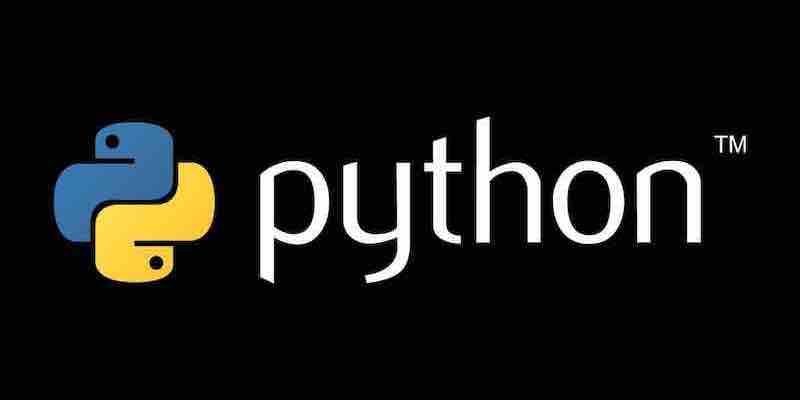Python Lists Unleashed

Python, a versatile and powerful programming language, offers a variety of data structures to store collections of items. Among these, the list is one of the most flexible and commonly used.
In Python, a list is an ordered collection of items of any type. Lists are mutable, meaning their contents can be changed after creation.
Creating a List:
fruits = ["apple", "banana", "cherry"]
print(fruits) # Outputs: ['apple', 'banana', 'cherry']Accessing List Elements
List elements can be accessed by their index, starting from 0 for the first element.
print(fruits[0]) # Outputs: 'apple'
print(fruits[-1]) # Outputs: 'cherry' (negative indexing starts from the end)Modifying Lists
Being mutable, lists allow for adding, removing, and modifying items.
Adding Elements:
fruits.append("orange")
print(fruits) # Outputs: ['apple', 'banana', 'cherry', 'orange']Removing Elements:
fruits.remove("banana")
print(fruits) # Outputs: ['apple', 'cherry', 'orange']List Slicing
Python lists support slicing to extract portions of the list.
numbers = [0, 1, 2, 3, 4, 5]
sublist = numbers[1:4] # Get elements from index 1 to 3
print(sublist) # Outputs: [1, 2, 3]List Comprehension
List comprehension provides a concise way to create lists based on existing lists.
squared_numbers = [x**2 for x in numbers]
print(squared_numbers) # Outputs: [0, 1, 4, 9, 16, 25]Common List Methods
list.sort(): Sorts the list in place.list.reverse(): Reverses the list in place.list.count(item): Returns the count of the specified item.
Iterating Over Lists
You can easily loop through the items of a list using a for loop.
for fruit in fruits:
print(fruit)Python lists are a fundamental data structure that every Pythonista should master. Their flexibility and the variety of built-in methods make them indispensable for many programming tasks. Whether you’re storing a sequence of numbers, strings, or even other lists, Python’s list has got you covered. Dive in, experiment, and unleash the full potential of Python lists in your projects!